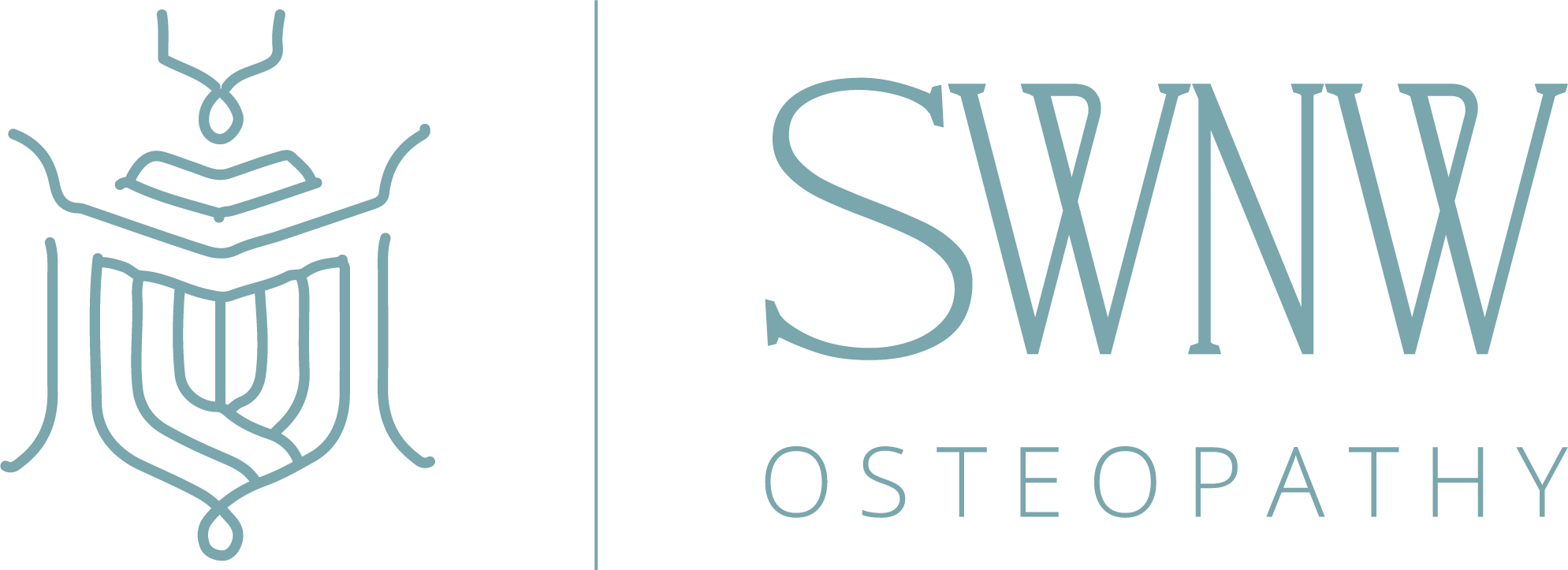Antenatal & Postnatal Women's Health
Antenatal Physiotherapy
Experiencing minor aches and pains in different body parts is pretty common during pregnancy. This is because as the baby grows, your posture will change, you will move differently, and the muscles that normally support your lower back and pelvis will become stretched.
Many women will feel pain in their lower back, around their pelvis, or in their lower abdominal muscles. It is also common to experience aches and discomfort in your mid-back and rib cage, as well as headaches. If these symptoms persist for more than a week, or if they become more severe and interfere with your normal activities, contact your healthcare provider right away.


Physiotherapy can help alleviate these symptoms in a variety of ways. Gentle hands-on treatment can relieve sore muscles and mobilize stiff joints, allowing the expecting mothers to move more freely and comfortably. A targeted exercise program can also help maintain your movement while also strengthening your pelvic floor, abdominal muscles, and bottom muscles, which will support your bump and help your body adapt to your changing posture.
Conditions Treated by Antenatal Physiotherapy
- Lower back pain
- Headaches
- Neck and shoulder pain
- Sacroiliac joint problems
- Coccyx pain (tailbone pain)
- Pelvic Girdle Pain (PGP)
- Mid-back or rib pain
- Symphysis Pubis Disorder (SPD)
Postnatal Physiotherapy
It is extremely common to have weakened abdominal and pelvic floor muscles after delivery, regardless of whether one had a natural birth or a C-section.
These defects can cause problems such as back pain, pelvic pain, and bladder and bowel control issues, which can linger and even worsen if not treated promptly. Targeted treatment can help to significantly improve, and in many cases, resolve these issues.
From six weeks after delivery, you should have an assessment of your posture, abdominal muscles, and pelvic floor advice.
If the assessment shows a weakening of the pelvic floor or abdominal muscles, physiotherapy and osteopathic techniques can be used to correct these and prevent further complications from occurring.
Similarly, our team can help reduce back pain, pelvic pain, and bladder and bowel control issues using physiotherapy and osteopathic techniques.
